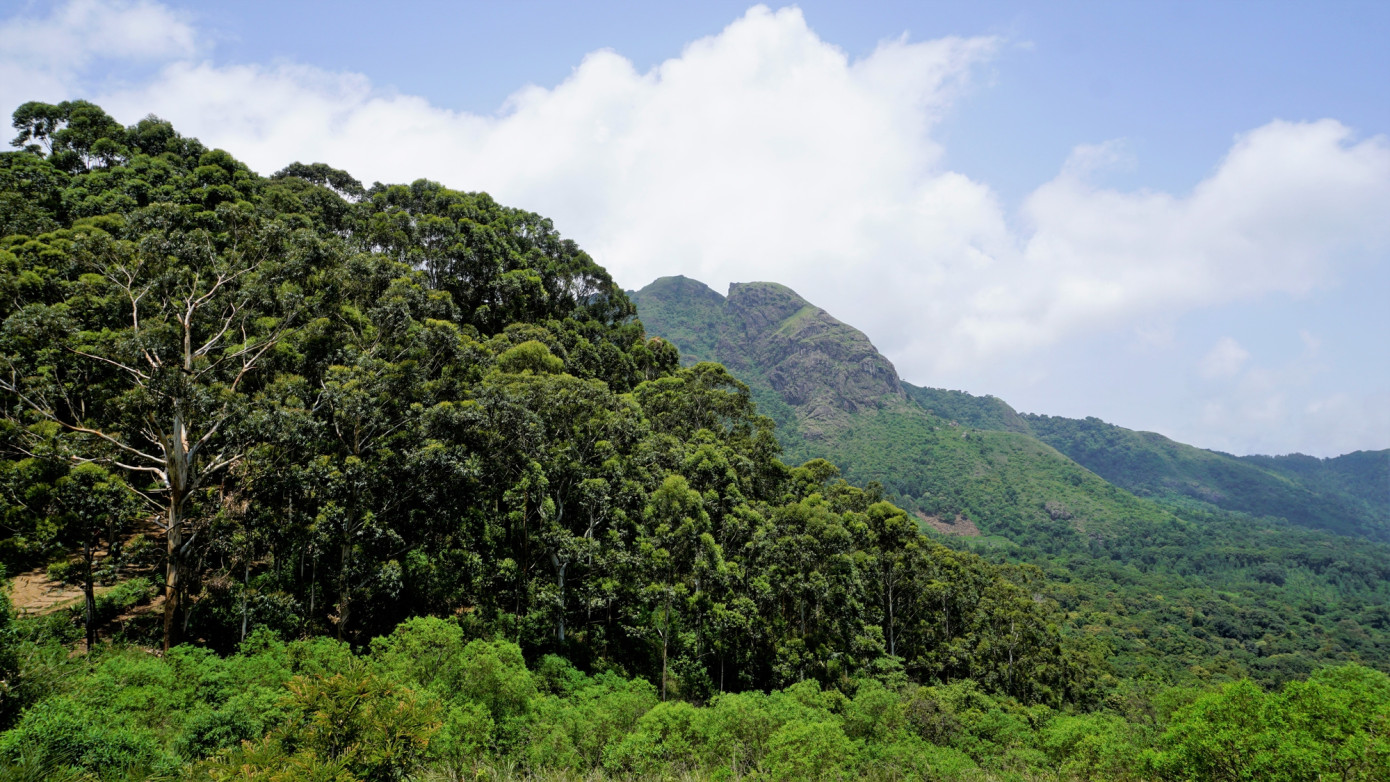New Forests, a leading global investment manager of nature-based real assets, announced Yida Kemoli's appointment as Managing Director for its African operations. Kemoli will spearhead the company's strategic initiatives across the continent, focusing on fund raising and delivering impactful investment returns. With over 20 years of experience in sectors including agriculture and nature-based solutions, Kemoli previously held a significant role at Phatisa Group, managing Eastern African investments.
New Forests has been active in Kenya since 2021. In 2022, company and its partners, British International Investment, Norfund, and Finnfund, initiated the African Forestry Impact Platform (AFIP) with a $200 million investment, marking its first acquisition of Green Resources, the largest forest development and wood processing company in East Africa. This move followed a commitment made at COP26 to foster sustainable forestry in Sub-Saharan Africa. AFIP aims to secure $500 million in institutional capital over the next 2-3 years to enhance the sustainability and growth of Africa's forestry sector. New Forests manages A$11.7 billion in assets across various sustainable projects worldwide, aiming to promote shared prosperity and accelerate sustainable development.
Image: Yida Kemoli, Managing Director for African operations at New Forests / New Forests
Operating from Nairobi, Kemoli will report directly to New Forests' CEO Mark Rogers and join the executive committee. Rogers expressed enthusiasm about Kemoli's role in capitalizing on forestry opportunities in Sub-Saharan Africa, aiming for commercial returns and significant local impact. "Yida's deep experience in the African investment landscape will be pivotal for our success here," said Rogers.
Kemoli also commented on his new role, noting New Forests' pioneering efforts in sustainable forestry investments. "Joining New Forests at this crucial growth phase is thrilling," he stated. "There's a tremendous opportunity to channel sustainable capital into Africa's forestry sector, aiding the sustainable transition."
Sub-Saharan Africa's forestry sector has a rich and extensive history that dates back thousands of years. Historically, indigenous populations have utilized natural forests for essential resources like food, shelter, and medicine. By the 1800s, private sector-led projects began in South Africa, marking the start of a commercial forestry sector. The 1980s saw significant governmental support, with $300 million in funding from the World Bank used to develop 185,000 hectares of forestry projects across various countries outside South Africa.

Image: New Forest
Currently, the region's forestry sector is characterized by both state and privately-owned plantations, with a notable shift towards sustainable plantation forestry due to the unsustainable harvesting rates of natural forests. This transition has been supported by significant investments from development finance institutions, pension funds, family offices, and high-net-worth individuals. Despite being less developed compared to other global regions, the forestry sector in Sub-Saharan Africa presents substantial investment opportunities, particularly in sustainable and responsibly managed forestry operations.
According to New Forests' African Forestry Strategy, the sector is expected to experience substantial growth driven by demographic and economic factors. Sub-Saharan Africa’s population is growing at a rate of 2.7% per annum, and GDP is projected to grow at a real rate of 5% annually through 2050. This rapid growth is increasing urbanization and housing demand, with countries like Kenya experiencing a housing deficit of 2 million units, representing an 80% shortfall from the estimated annual housing demand of 250,000 units. The forestry sector's development is also catalyzed by rising demand for wood products, driven by urbanization and an expanding middle class.
